Mark Osterman &
France Scully Osterman
STILL LIFE
Apr 23 - May 31, 2014
Photo Gallery International
Mark Osterman &
France Scully Osterman
STILL LIFE
Apr 23 - May 31, 2014
Photo Gallery International
-
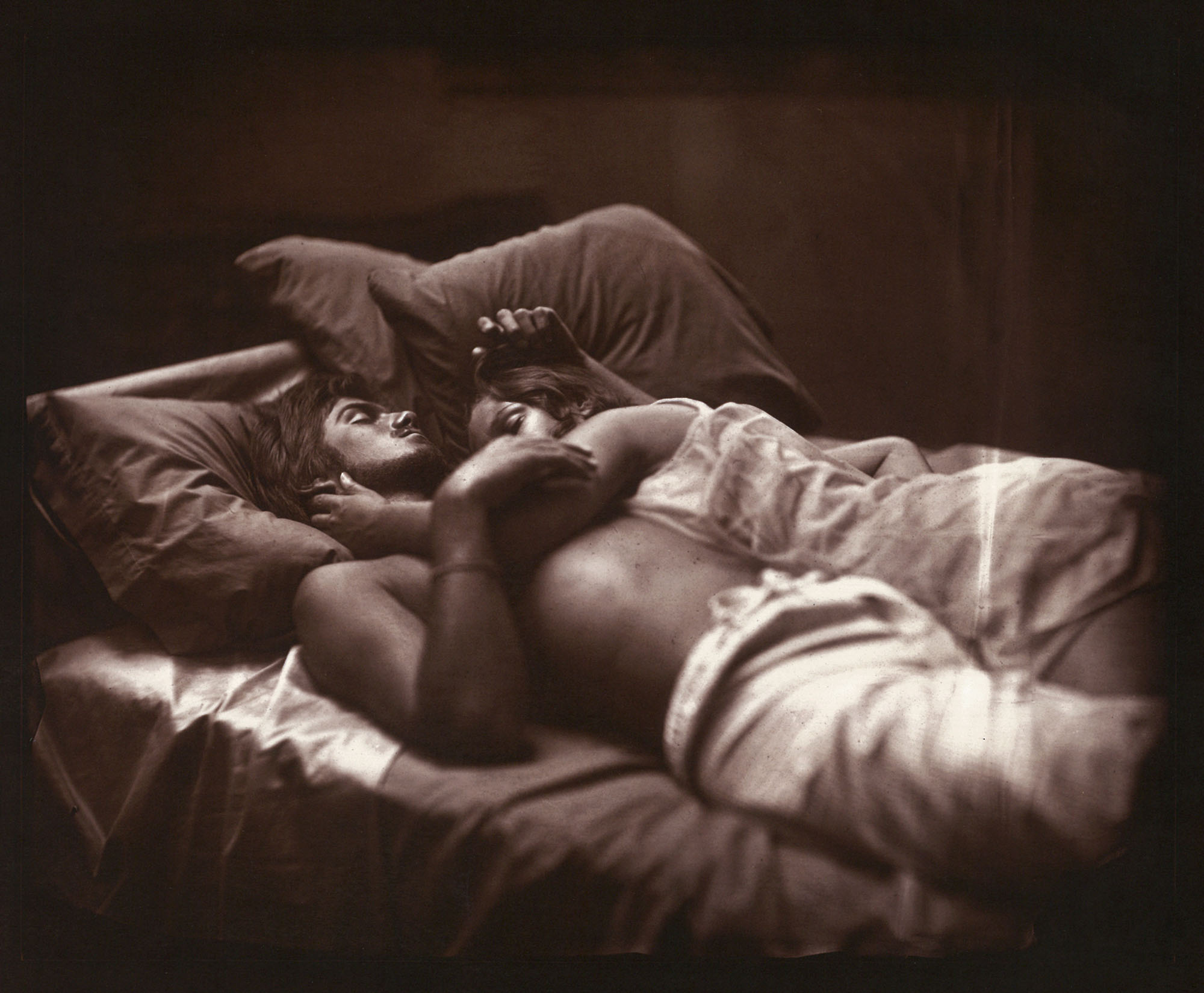
©France Scully Osterman courtesy of tilt gallery
-
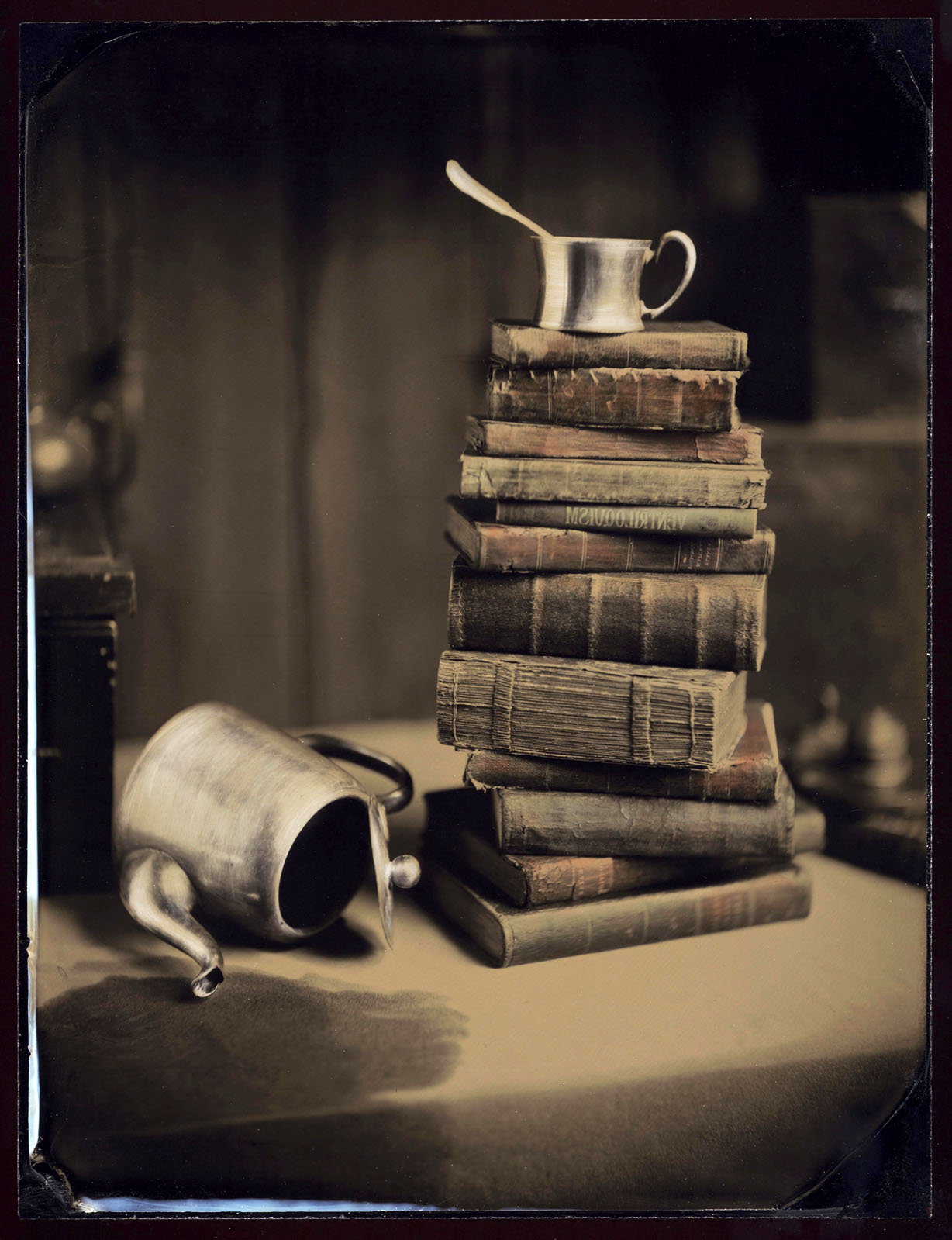
©Mark Osterman
-
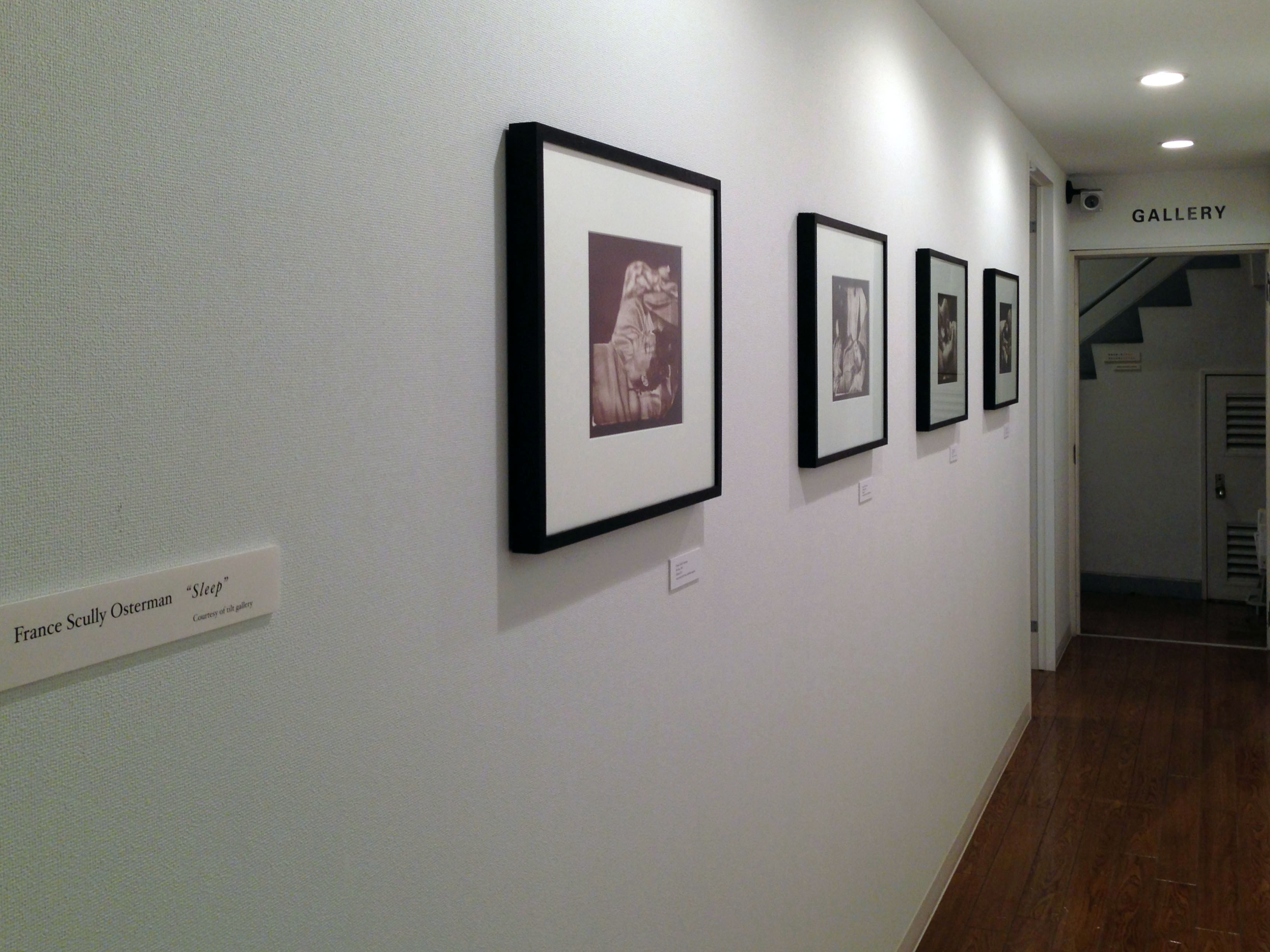
-
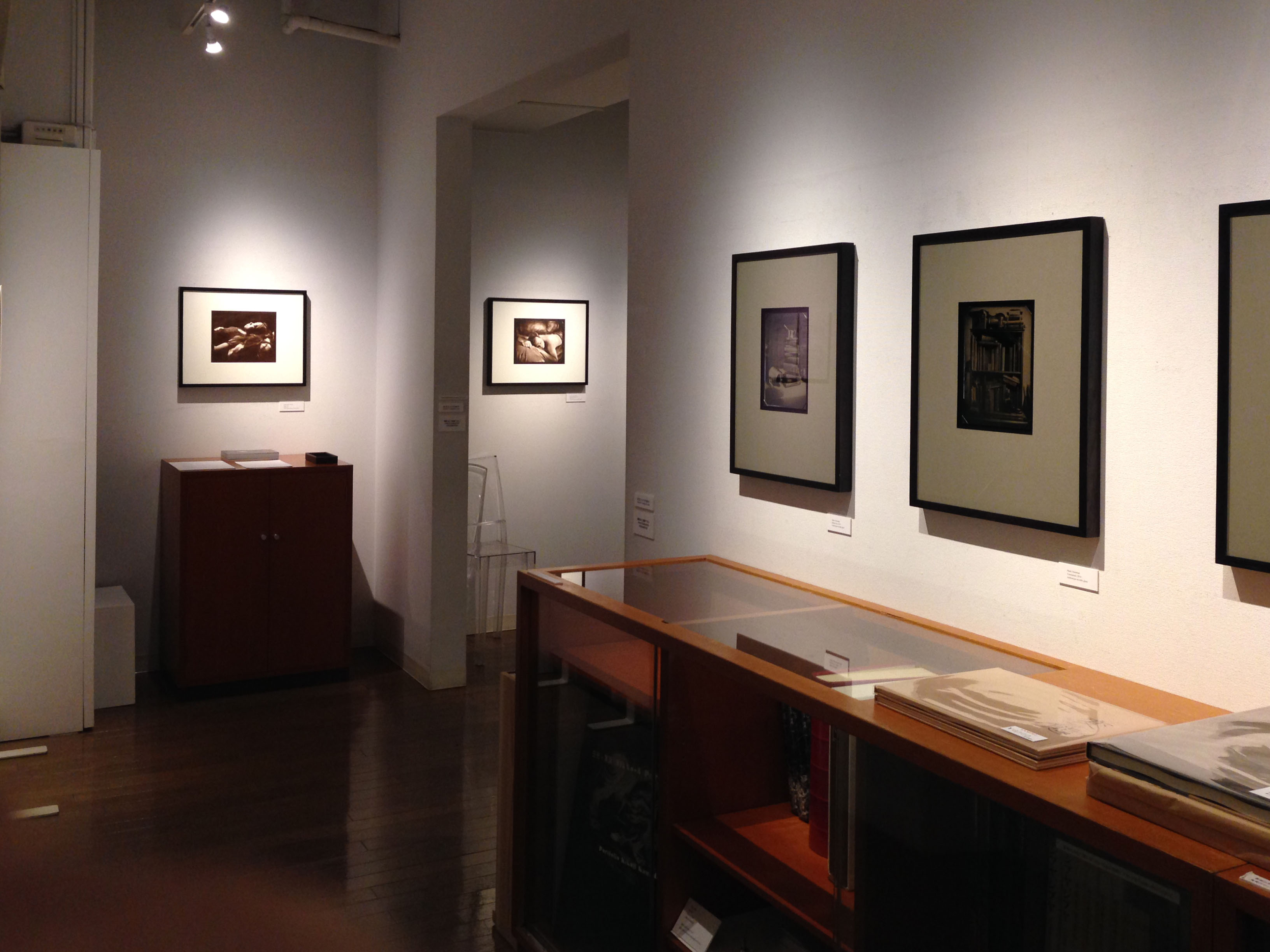
-
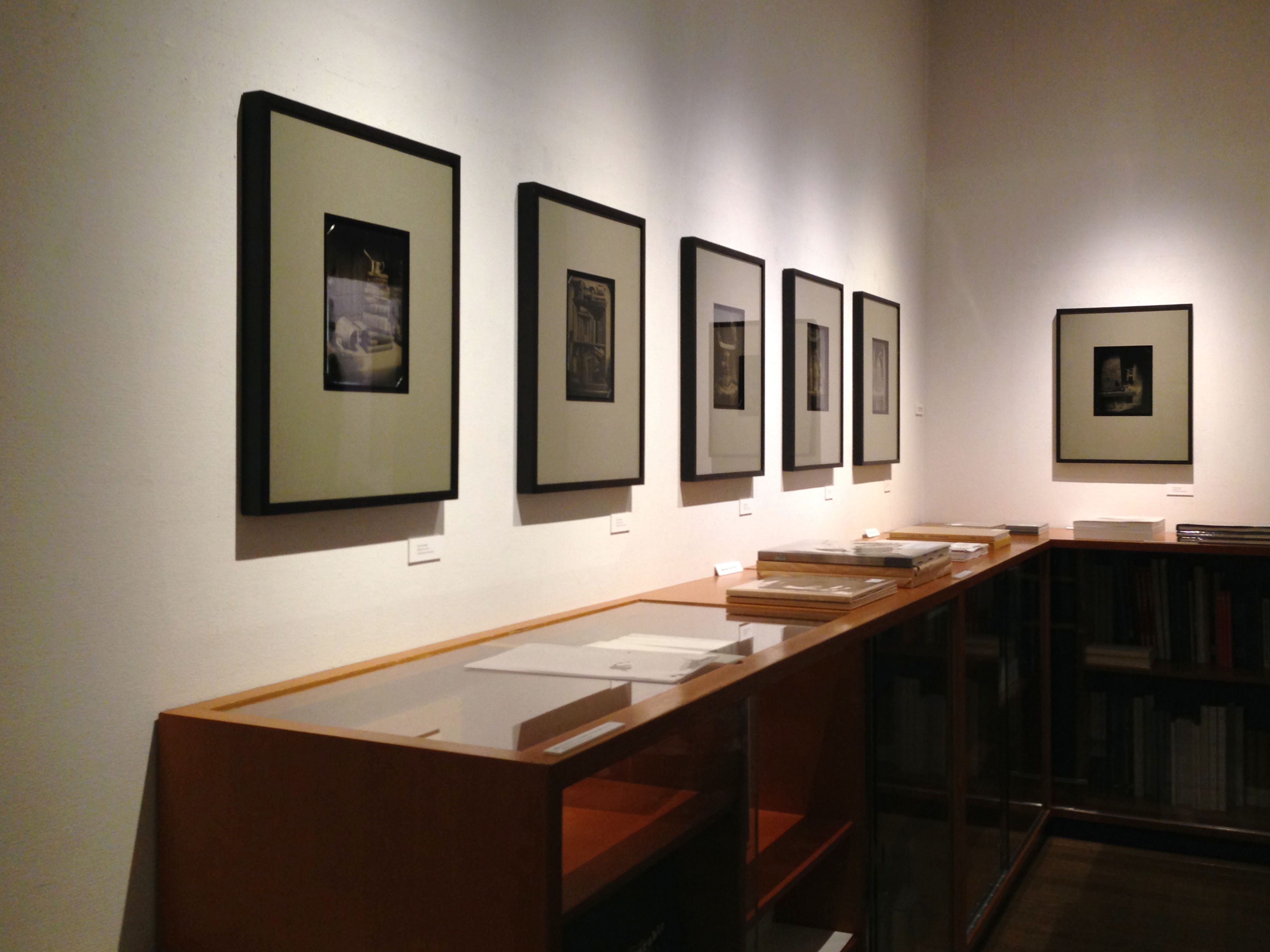
-
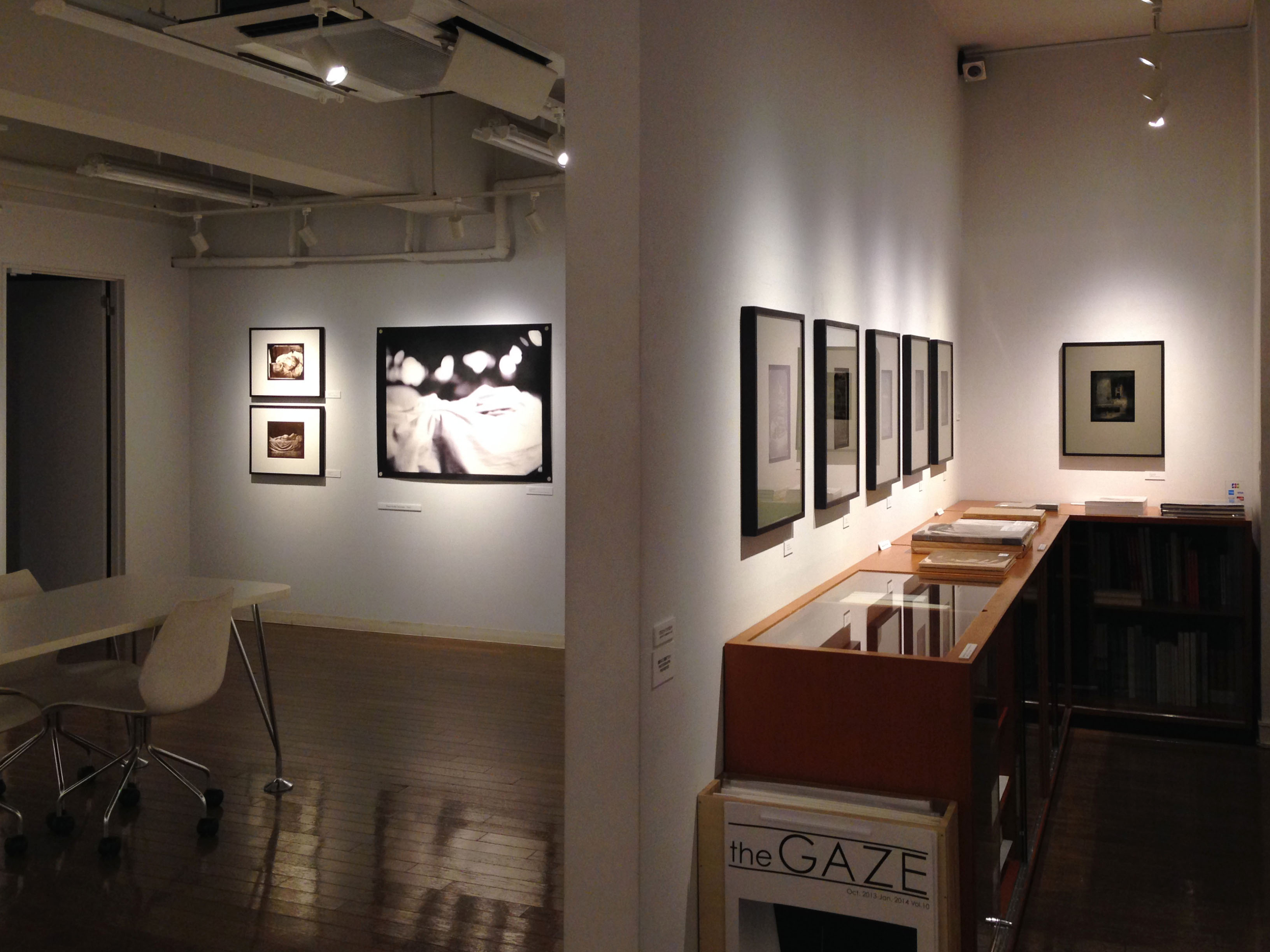
-
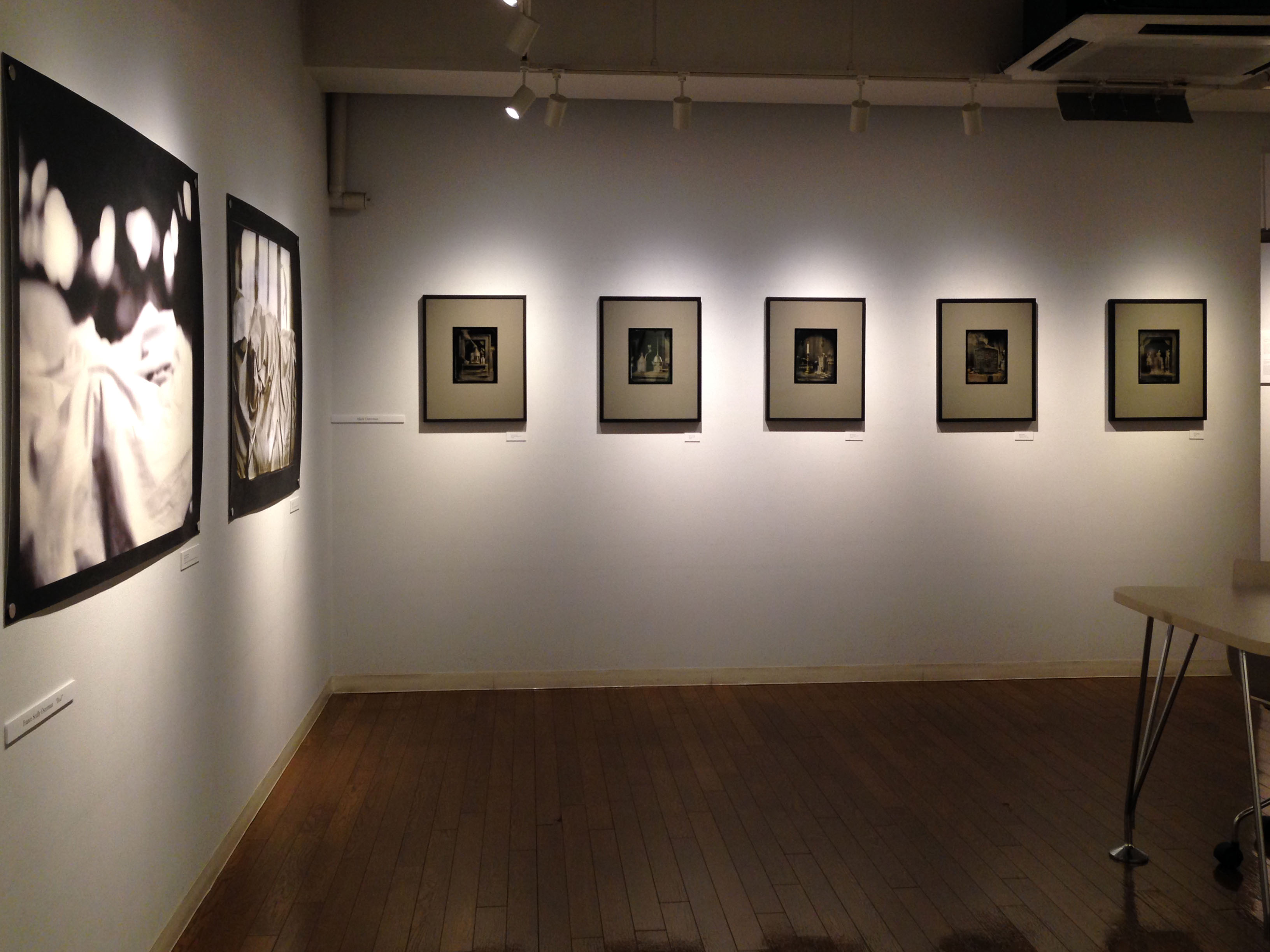
-
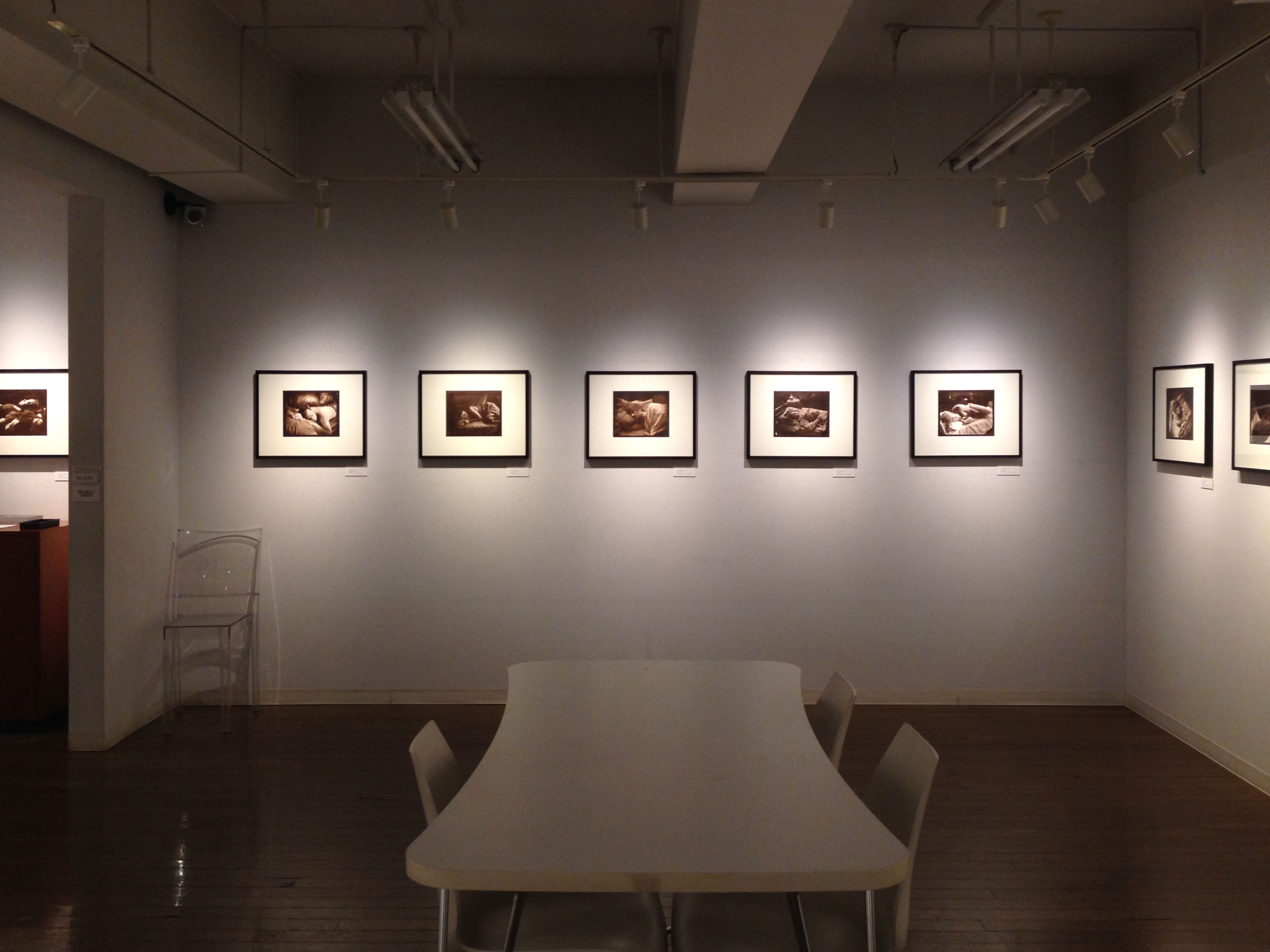
Photo Gallery International is pleased to present “STILL LIFE”, a two-person exhibition of works by France Scully Osterman and Mark Osterman. France and Mark are well known as masters of the wet collodion process, photo-histrians and artists.
The exhibition will include work from France Scully Osterman’s series Sleep and Mark Osterman’s most recent works.
Artist’s statement
The Sleep images are intimate and unpretentious portraits, captured when my subjects are at their most vulnerable. These images offer contradictions: a sense of voyeurism juxtaposed with a moment of innocence; a reminiscence of death (or post-mortem), yet full of movement and energy.
For this series, I photographed people — friends, acquaintances, loved ones, sleeping in my studio. It takes a certain amount of trust and confidence to allow someone to document you asleep. I invite them to come to my studio first thing in the morning (no coffee). Sometimes, they arrive still in their pajamas. I help them get settled in; put on some “sleep” music… they go to sleep, and I go to work.
I’m careful when working to compose only through the camera’s focusing glass. I’m certain that if I stare too much I will wake them. I’m making everything from scratch, the negative is made just before exposure in the camera, then immediately developed. Sometimes they turn over in the middle of an exposure, which, in this case, takes 45 seconds to several minutes. As long as they continue to sleep, I keep making plates.
It’s unusual to see people while they are sleeping, really sleeping — especially adults. They often look so much younger. Both subject and viewer are often surprised at how they look.
France Scully Osterman
Process
I make the negative from scratch, I hand-coat the prints. Everything about the negatives and prints is visual. The experience in making them is sensual, and so are the results. As an artist, I find that very seductive.
The artifacts of the collodion negatives are reminders that they are handcrafted. Collodion is to photography what watercolor is to painting, fast yet requiring exquisite manipulation. Also like painting, I was drawn to subtle artifacts of the process that both support the imagery and are a signature of the artist.
Waxed salt prints have a beautiful, tactile quality. They are un-pressed and remain lightly rumpled, like bed linens.
Mark Osterman is Photographic Process Historian at George Eastman House International Museum of Photography and Film in Rochester, NY. He teaches the technical evolution of photography from Niepce heliographs to making gelatin emulsions. His students are scholars, museum curators, archivists and photograph conservators, educators, artists and photographers.
As an artist, his series, “Confidence,” based on a traveling medicine show he performed for twenty years, received high praise in Photo Review, After Image and Zoom magazines.
Osterman’s most recent writings on the subject of early photographic processes include the 19th century chapter for the Focal Encyclopedia of Photography and a chapter on making gelatin emulsions for the Book of Alternative Photographic Processes, by Christopher James. He began research in historic photographic processes while attending the Kansas City Art Institute in the 1970s.
France Scully Osterman is an artist, writer, teacher and guest scholar at George Eastman House International Museum of Photography and Film. She has received glowing reviews of her “Sleep” exhibit in Art in America, Paris Photo Magazine and the Village Voice.
Osterman is recognized for her extensive knowledge of early photographic processes including wet and dry-plate collodion, collodion chloride POP, photogenic drawing, albumen and salt print methods. She teaches and gives talks at universities, museums and art schools throughout the U.S. and in the Scully & Osterman 19th century skylight studio in Rochester.
The Ostermans’ give lectures, demonstrations and workshops throughout the United States, Canada, Mexico, Japan and Europe. Together they published the quarterly publication, The Collodion Journal from 1995 to 2002.
Their work has been featured in Photography’s Antiquarian Avant-Garde, The New Wave in Old Process Photography by Lyle Rexer, Coming into Focus by John Barnier, The Book of Alternative Photographic Processes by Christopher James (both editions), Le Vocabulaire Technique de la Photographie by Anne Cartier-Bresson (2008), and the third edition of Photographic Possibilities, by Robert Hirsch (2008).
The Ostermans will be featured along with eight other artists in a documentary titled Artists and Alchemists, due to be released sometime this coming year.
Their images are in the collections of the Museum of Fine Art, Houston; The Nelson-Atkins Museum, Kansas City; George Eastman House International Museum of Photography; Harry Ransom Center at the University of Texas; The Taubman Museum of Art, Roanoke; Herbert F. Johnson Museum of Art, Cornell University, Ithaca; the Michener Museum, Doylestown, PA and numerous private collections. They are both represented by Howard Greenberg Gallery, NYC and Tilt Gallery, Phoenix, AZ.
For more information go to: http://www.collodion.org